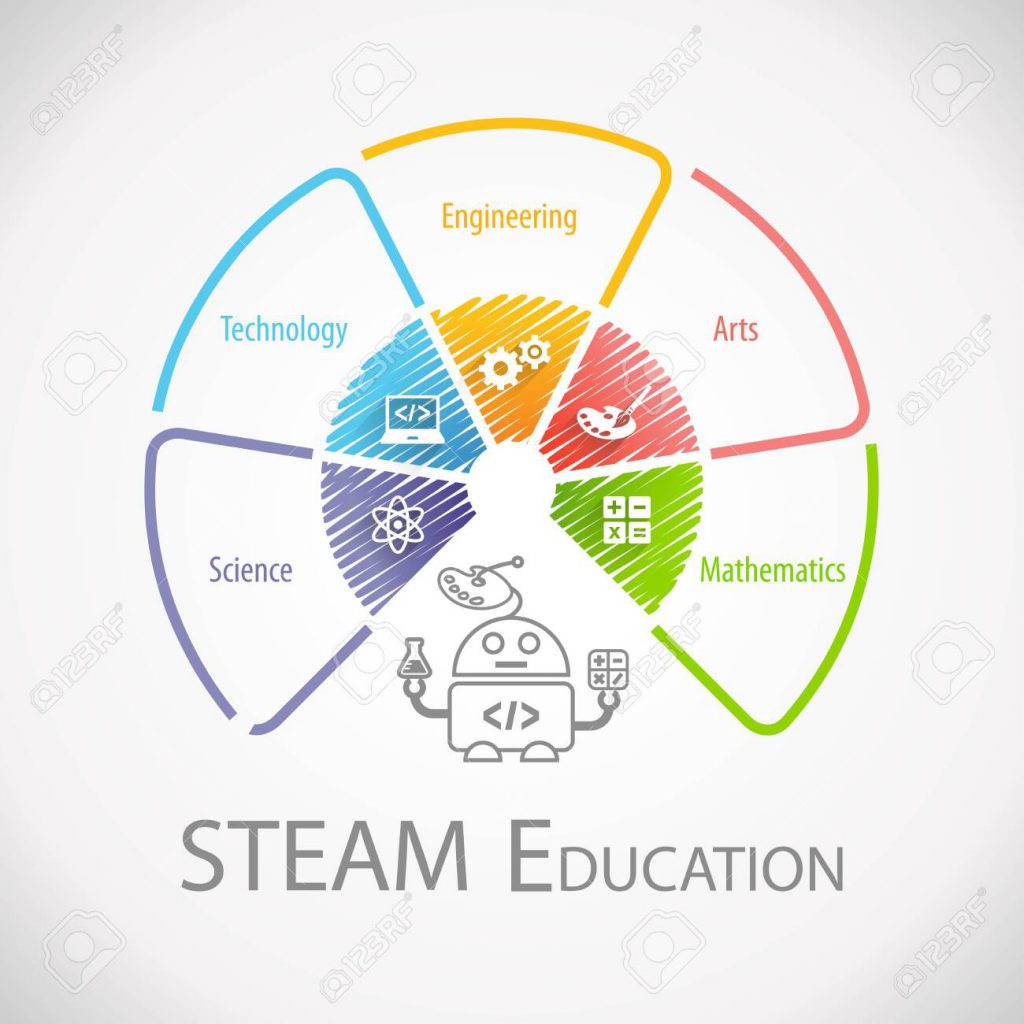With the modernization of the world, our approach towards education is also increasing, which has lead to the creation of STEM and other advanced educational systems. After almost two decades into the 21st century, society is going through its digital revolution.
To put it another way, we live in a world that is completely molded by science, technology, engineering, and mathematics. In such a situation, there is practically no point in teaching the child, different subjects individually. This is exactly where STEM, STEAM, and STREAM come into play.
So, before concluding the differences between STEM, STEAM, and STREAM, it is very important to understand them separately.
STEM, STEAM, and STREAM: A Brief Overview

- STEM: It stands for Science, Technology, Engineering, and Mathematics. It is the educational curriculum that provides a comprehensive approach to learning. Instead of teaching children each subject separately, teachers aim to incorporate all the elements into STEM. Some of the common STEM curricula include building bridges and basic computer programming which lets children see the endless world of possibilities.
- STEAM: When the conventional STEM is added with arts, it is commonly known as STEAM. One of the best things about STEAM is that it enables students to discover the artists within them. Take, for instance, creating seed necklaces or building the same bridge with ice-cream sticks are not only just science-based but also promote artistic expressions among children.
- STREAM: Reading and writing is an integral part of any teaching curriculum. That is why it is also crucial to add such skills with STEM and STREM. Along with incorporating critical thinking and creativity, STREAM also incorporates reading and writings.
How STEAM and STREAM is different from STEM?
While STEM has been proven over time to be a very effective way of adding value to the education that is given to the children, A & R can also be proven beneficial. STEM is indeed a robust curriculum and educational ventures like Tinkerly has done a great job of promoting them among the children. But, as much a child needs to understand the technology and problem-solving skills, reading and arts also play an integral part in a flexible learning process.
STREAM, in particular, has great potential towards a more approachable and inclusive education than STEAM and STEM. Teaching children design and arts is the perfect way of education for anyone irrespective of their technological knowledge. By making STREAM accessible to everyone, regardless of their gender and background, children can find their passion in the later stages of their life.

It is very important to understand that not everyone is going to be an engineer. As the old proverb goes by “you can’t test the ability of a fish by making it climb a tree.” That is the same when it comes to the children. Only through self-discovery, children can find their career path. One might be able to create a great piece of art while some might shine pursuing the career of a writer. STEAM and STREAM provide them with this platform which STEM certainly lacks.
In a world full of aesthetics and ergonomics, STEAM and STREAM have got the upper hand than STEM. Technical knowledge and critical thinking is surely important, but what is the point if nothing is visually pleasing anymore?
STEM works best to remove the long-lasting phobia of students from science and mathematics, which are core fundamentals within themselves. With an interdisciplinary approach towards education, STEM can make students understand better at everything. Then comes the addition of arts in STEAM which gives students a hands-on approach towards STEM. With the power of reading and writing, storytelling is used in STREAM to make students understand complicated concepts.
Disadvantages of STEAM and STREAM
It’s more like social disapproval than a disadvantage for STEAM and STREAM. Not everyone is convinced about the addition of arts and reading to STEM. As a matter of fact, some people see it as a delusion from STEM’s primary focus and objective. People are skeptical about the introduction of A and R into the STEM as they perceive that the goal of STEAM and STREAM is not to promote STEM education but to increase the focus on arts and reading.

Final Verdict
Alike every other initiative, STEAM and STREAM are going to get some push from people who are supporting the traditional STEM approach. If the overall improvement of a child is required, it is very important to incorporate arts, reading and writing into the curriculum. A child needs to be groomed from every aspect regardless of the technicality involved in it.
In a country where even STEM hasn’t been implemented completely, it is pointless to argue on which approach is superior to one another. Even at the basic level, STEM itself has the potential to build a great future for the children, while STEAM and STREAM just work as a cherry on top of that. With the end goal of a better tomorrow, all three curricula are at their best on their own.
Read our Blog : Why India Has The Largest Need as well as The Potential For STEM Learning?
So, stay tuned with us by subscribing to our blog. Be the first one to receive a notification whenever we publish our new blog!
 27598
27598



